Time Period: World War II through the Faubus Era (1941 - 1967) - Starting with E
Eaker Air Force Base
aka: Blytheville Air Force Base
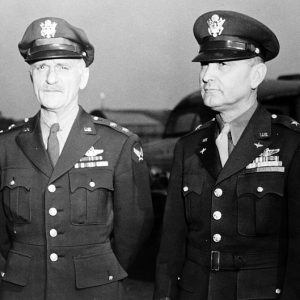 General Ira C. Eaker
General Ira C. Eaker
 Earl Kiech Cotton Gin
Earl Kiech Cotton Gin
 Earle Depot
Earle Depot
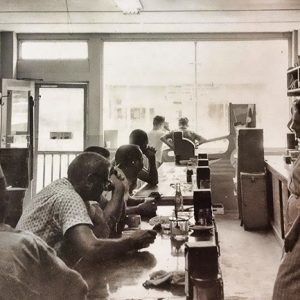 Earnheart Cafe in Batesville
Earnheart Cafe in Batesville
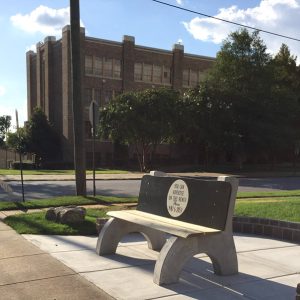 Eckford Bench
Eckford Bench
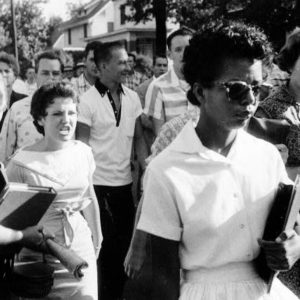 Elizabeth Eckford Denied Entrance to Central High
Elizabeth Eckford Denied Entrance to Central High
Eckford, Elizabeth Ann
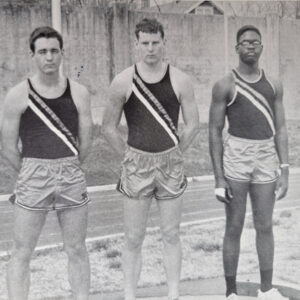 Ed Whitfield in High School
Ed Whitfield in High School
Edmondson Home and Improvement Company v. Harold E. Weaver
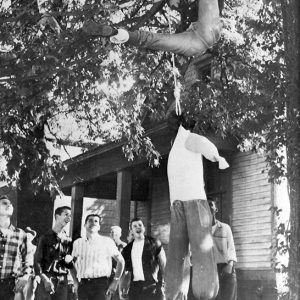 Effigy Hanging
Effigy Hanging
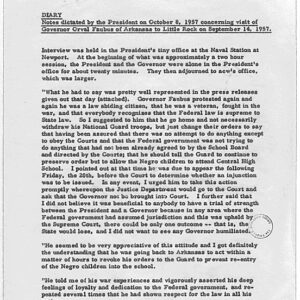 Dwight Eisenhower's Diary
Dwight Eisenhower's Diary
 El Dorado Oil Company
El Dorado Oil Company
Elder, Jim
aka: James Albert Elder
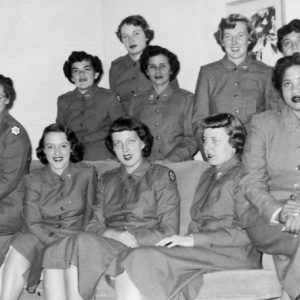 Joycelyn Elders
Joycelyn Elders
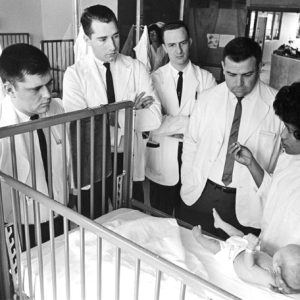 Joycelyn Elders
Joycelyn Elders
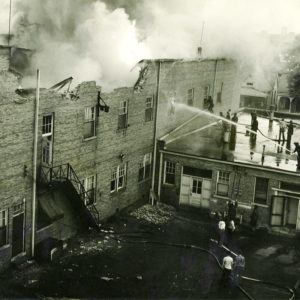 Elk's Lodge Fire
Elk's Lodge Fire
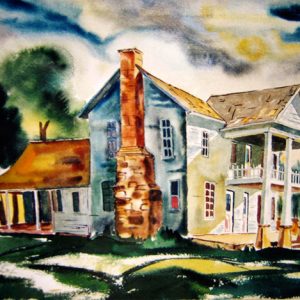 Elkhorn Tavern
Elkhorn Tavern
Ellis and Charlotte Williamson House
 Ellis Broadside
Ellis Broadside
Ellis, Clyde Taylor
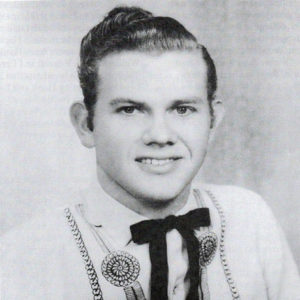 Melvin Endsley
Melvin Endsley
 Melvin Endsley Gravestone
Melvin Endsley Gravestone
Endsley, Melvin
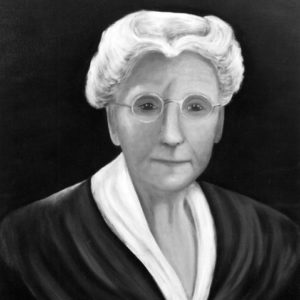 Clara Eno
Clara Eno
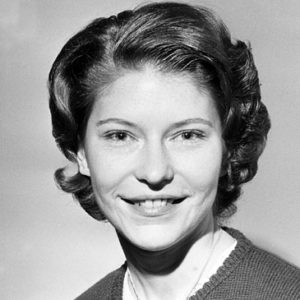 Susan Epperson
Susan Epperson
 Epstein's Ad
Epstein's Ad
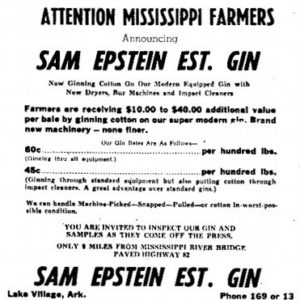 Epstein Gin Ad
Epstein Gin Ad
Erwin, Judson Landers, Jr.
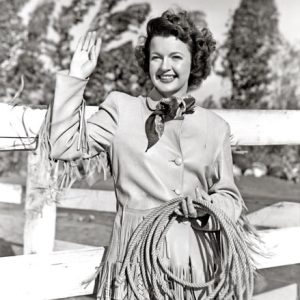 Dale Evans
Dale Evans
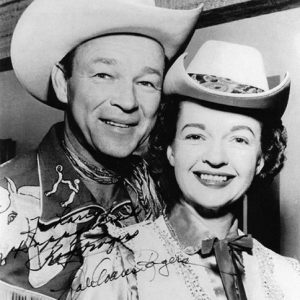 Dale Evans with Roy Rogers
Dale Evans with Roy Rogers
Evans, Dale
aka: Frances Octavia Smith
 The Exact and Very Strange Truth
The Exact and Very Strange Truth




